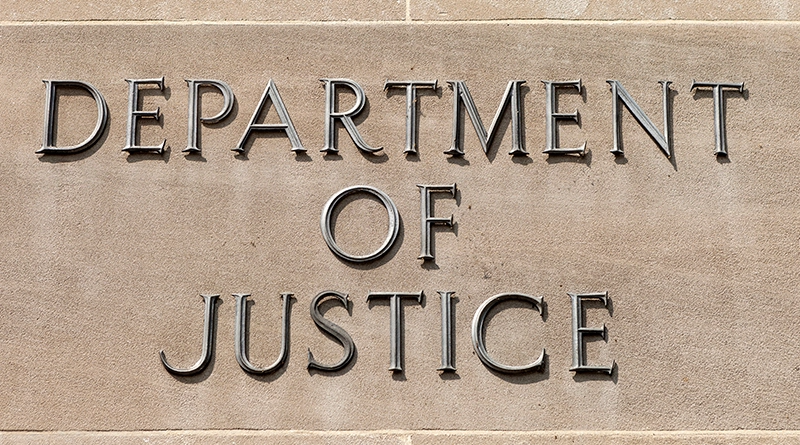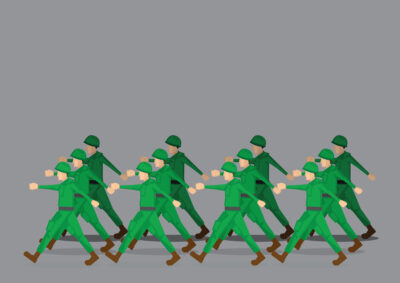Federal Circuit Vacates PTAB’s Decision Based on an Overly Narrow Claim Construction | Sheppard Mullin Richter & Hampton LLP
In Apple Inc. v. Corephotonics, LTD., the court addressed two final written decisions in inter partes review (“IPR”) proceedings and in particular (1) whether the Patent Trial and Appeal Board’s (“PTAB” or “Board”) claim construction is correct when the intrinsic evidence supports a different construction and relatedly whether the PTAB’s first final written decision relying on its claim construction should be vacated and remanded and (2) whether, in the second final written decision, the PTAB’s reliance on an invalidity ground not raised by any party should be vacated and remanded.
Background
Corephotonics owns the ’479 patent, which is directed to creating “portrait photos.” Apple filed two IPR petitions, each challenging various claims of the ’479 patent as obvious in view of multiple prior art references.
In the first proceeding, the parties disputed the construction of the claim term “fused image with a point of view [(“POV”)] of the Wide camera.” The PTAB agreed with Corephotonics’s construction, which was based on the ’479 patent’s specification equating a camera’s POV with how an object will appear in that camera’s image plane, including both the position and perspective points of view of the object. Based on this construction, the Board found in its final written decision that the relevant prior art references did not teach the claim limitation that include the disputed term and therefore Apple failed to show that the challenged claims were unpatentable.
In the second proceeding, Corephotonics argued (briefly) in its Patent Owner Response that Apple’s expert made a typographical error that altered his calculations, resulting in an inaccurate representation of the prior art’s performance. In finding that Apple had not met its burden to show the challenged claims were unpatentable, the Board noted this error as well as additional errors that the Board identified for the first time in its final written decision. During the IPR, neither party had asserted that these errors were material to the claimed invention.
On appeal, Apple challenged the Board’s claim construction of the claim term “fused image with a POV of the Wide camera” and challenged the Board’s validity findings because they were based on the incorrect claim construction and arguments raised for the first time in the final written decision.
Issue(s)
Did the PTAB err in limiting its construction of the phrase “fused image with a point of view of the Wide camera” to a single embodiment described in the specification where the specification described multiple embodiments?
Did the PTAB violate the Administrative Procedure Act (“APA”) by raising new arguments in its final decision?
Holdings
The PTAB improperly construed the phrase “fused image with a point of view of the Wide camera” because the challenged patent’s specification defines multiple types of “points of view,” such that the claim should not be limited to the position and perspective points of view.
The PTAB violated the APA by raising new arguments and evidence not contemplated by the parties in any arguments on the merits.
Reasoning
For the first proceeding, the Federal Circuit found that a reasonable reading of the specification suggests that Wide perspective and Wide position are two different types of Wide point of view.
The PTAB explained that the specification describes multiple different points of view while the claims specifically recite “a point of view of the Wide camera.” The Federal Circuit found there was no indication that the patentee meant to claim its invention more narrowly that what the specification describes. Therefore, the Federal Circuit found Apple’s proposed construction more in line with the intrinsic evidence and vacated the PTAB’s decision upholding the challenged claims.
For the second proceeding, the Federal Circuit conceded that the PTAB is entitled to weigh the credibility of the expert witness’s statements. But because Corephotonics mentioned the expert’s error only once and did not rely on it for any argument on the merits and never argued the error demonstrated there was no reasonable expectation of success, and because the PTAB also relied on errors that both parties agreed did not constitute errors in the first place, the Federal Circuit found the PTAB’s decision upholding the challenged claims failed to comport with the APA’s notice requirements. Therefore, the Federal Circuit vacated the PTAB’s final written decision.






